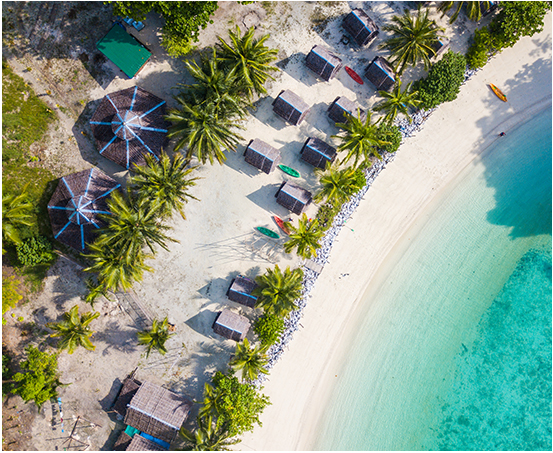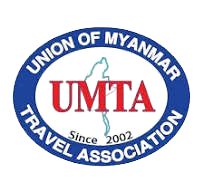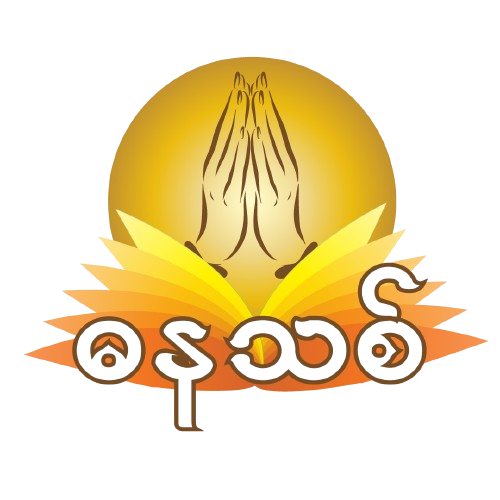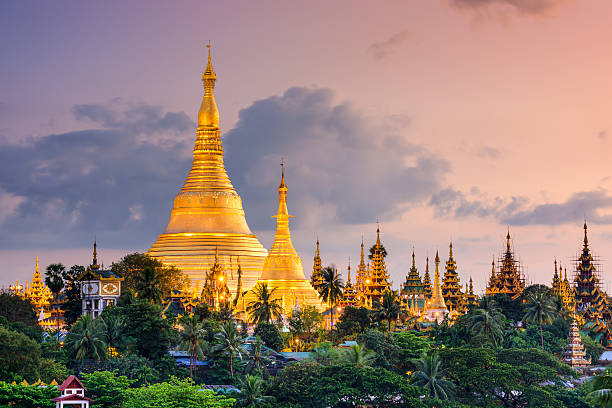
Yangon City
Formerly known as Rangoon, Yangon is a vibrant city in flux and undergoing modernisation which was once the administrative capital of the country. It remains a top commercial hub in Myanmar, with the port and the international airport as its main point of entry.
Yangon is a region of importance nestled on the south-central part of Myanmar. Yangon is the capital of the Yangon region and the erstwhile capital of Myanmar. It is also the current commercial capital of the country as well as Yangon’s largest city. The city houses a large number of colonial-era buildings in Southeast Asia and has a unique colonial-era urban core that has been maintained over the years. The area around the Sule Pagoda is more than 2000 years old and is the commercial core of the city.The best way to discover them, and the downtown area (especially Chinatown) is on foot. The vibrant colours of street life, markets and people busy with their livelihoods have to be seen to be believed. If you prefer to be on the move, then the 46-km long Yangon circular railway offers travellers the chance to participate in, and catch glimpses of, the day-to-day lives of the city’s inhabitants and experience their warm, friendly nature. Alternatively take to the river for a different,gentler perspective of this bustling metropolis.
The national pride of Yangon is the world famous Shwedagon Pagoda, said to be one of the oldest in Asia. Besides the many pagodas, the National Museum and Bogyoke Aung San Market also enable visitors to come closer to embracing the Myanmar culture.
The city was founded by King Alaungpaya of the Kone Baung Dynasty when he took the village of Dagon in 1755. He named the settlement Yangon which means ‘end of strife”. It has a unique charm with tree-lined streets, serene parks and tranquil lakes combined with the hustle and bustle of street vendors and thriving markets. Recent years have seen the modernisation of the urban landscape but Yangon still boasts the highest concentration of colonial heritage in the region.
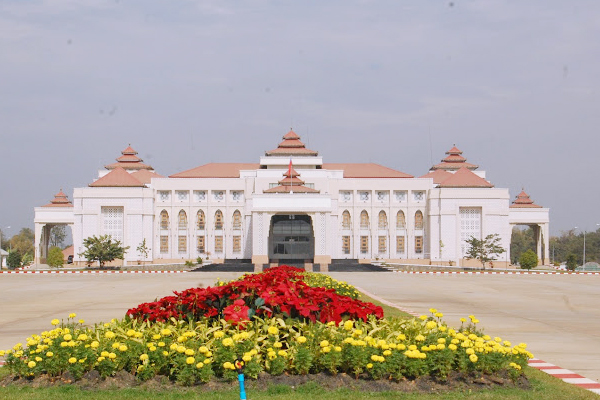
Nay Pyi Taw
Nay Pyi Taw is the administrative and political capital of Myanmar. It was declared as the capital in 2006, although most commercial activity still takes place in the former capital Yangon. It is administered as the Nay Pyi Taw Union Territory. There is more to Nay Pyi Taw than only being the capital of the nation. It is close to three important states – Shan, Kayah and Kayin. The entire region has developed rapidly over the last decade. Tourists like the wide, manicured, multi-lane roads of the town which is free from traffic congestion. Nestled between two mountain ranges, the quiet environment will bring a new experience to you as you explore this spacious city. As a fairly new region constructed in 2002, there are quite a number of attractions and things to do in Nay Pyi Taw. You will find interesting landmarks such as the museums, , pagodas, gardens, governemnt building as well as natural locations such as the Nay Pyi Taw Hot Spring. If you are travelling with kids or people who love animals, do visit the zoo which is one of its kind in the country.
Nay Pyi Taw is the country’s centre for meetings, incentives, conferences and events. It houses over 50 hotels including top international brands fully equipped with luxury facilities to host VIP guests. The city has state-of-the-art systems for hosting banquets and conferences at the two large buildings of Myanmar International Convention Centres. Several prestigious events such as the World Economic Forum East Asia, ASEAN Summit and ASEAN Tourism Forum has been successfully held here.
.png)
Bagan
Bagan
Lying on a bend of the Ayeyarwady River in the central plain of Myanmar, Bagan is a sacred landscape, featuring an exceptional range of Buddhist art and architecture. The seven components of the serial property include numerous temples, stupas, monasteries and places of pilgrimage, as well as archaeological remains, frescoes and sculptures. The property bears spectacular testimony to the peak of Bagan civilization (11th -13th centuries CE), when the site was the capital of a regional empire. This ensemble of monumental architecture reflects the strength of religious devotion of an early Buddhist empire.The World Heritage Site of Bagan is an Archaeological Zone that covers an area of over 5,000 ha in central Myanmar. The area is scattered with thousands of religious Buddhist structures such as stupas, temples and monasteries. Originally, more than 10,000 were constructed, but due to earthquakes many have been destroyed.
Bagan is a key tourist destination in Mandalay Region with over 2,000 ancient pagodas and temples. You can visit Bagan all year round as there is no actual rainy season like in the lower parts of Myanmar. With more than 1,500 years of history, beautiful local art, such as lacquer ware, basket and cloth weaving, it is the most fascinating place for travelers. Many tourists arrive at Nyaung U airport, but it is also possible to reach Bagan by road or on one of the river cruises.

Mandalay City
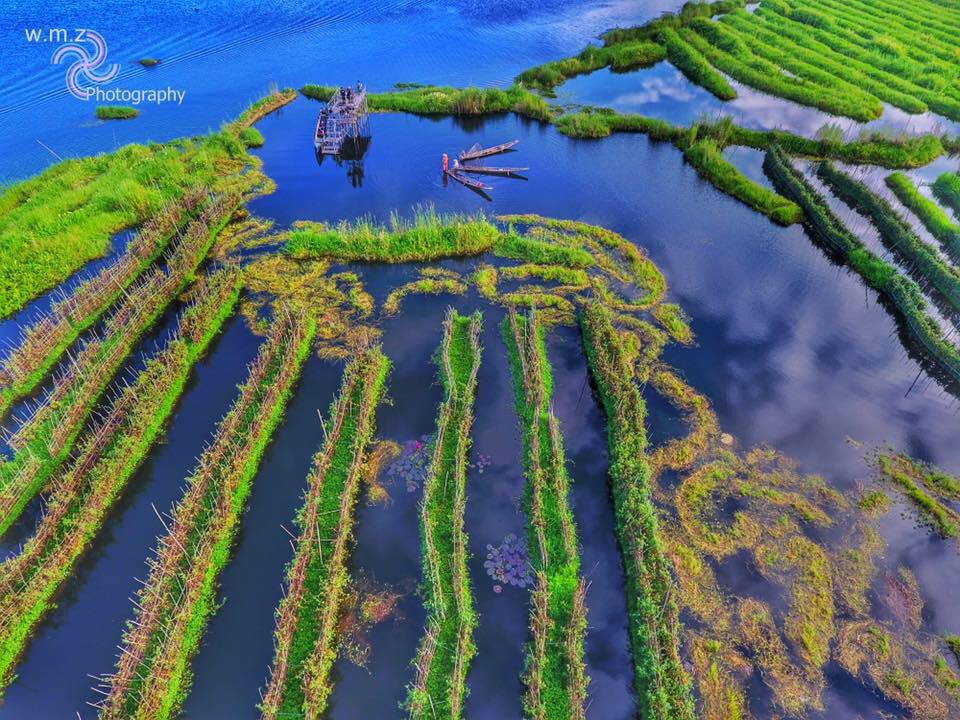
Inle Lake
Inle Lake
Known as the heart of Shan State, Inle Lake is about 39 km away from the capital city of Shan State. Inle Lake is always on tourists’ list of must-visit places.The massive highland lake is located 900 m above sea level and is 22 km long and 10 km wide. Visitors are usually amazed by how majestic this lake looks like when they see it in real life. Several tribes live by the lake, allowing you to witness how they go about their lives traditionally. There are floating gardens where locals plant their crops and villagers still sell their produce on boats. Mountain ranges that surround the area is reflected on the lake’s surface, offering an impressive view. The natural lake is untouched and clean. Its shores and islands are mostly populated by villagers called the Intha people who are famous for their unique leg-rowing method. Visitors can tour the lake by getting on motorboats or experience the one-legged rowing method of the locals by taking a tour in their canoes. The area of the lake is big enough to house a wildlife sanctuary as well as several pagodas, markets, and gardens. Tourists can enjoy visiting landmarks and villages around the impressive lake.The Phung Daw Oo Pagoda is situated at the lake and it is most crowded during the annual festival. Villagers celebrate the festival by parading Buddha figurines around the village. Truly speaking Inle Lake offers the best experience of the ethnicity and culture of Myanmar.
